Anatomy and Physiology Tissue Types Worksheet
The Anatomy and Physiology Tissue Types Worksheet is designed to assist students in learning about the different types of tissues in the human body. Whether you are a high school student studying biology or a college student majoring in pre-med, this worksheet will help you gain a comprehensive understanding of the various tissues found in the human body.
Table of Images 👆
More Other Worksheets
Kindergarten Worksheet My RoomSpanish Verb Worksheets
Cooking Vocabulary Worksheet
DNA Code Worksheet
Meiosis Worksheet Answer Key
Art Handouts and Worksheets
7 Elements of Art Worksheets
All Amendment Worksheet
Symmetry Art Worksheets
Daily Meal Planning Worksheet
What is epithelial tissue and what are its main functions?
Epithelial tissue is a type of tissue that covers the surfaces of the body, including the skin and lining of internal organs. Its main functions include providing protection against physical and chemical injury, regulating the exchange of nutrients, gases, and waste products, and facilitating sensory perception. Epithelial tissue also plays a role in secretion and absorption processes in various organs.
Describe the characteristics and functions of connective tissue.
Connective tissue is a diverse type of tissue that provides support, structure, and connection between different body tissues and organs. It is characterized by having cells embedded in an extracellular matrix, which consists of fibers (collagen, elastin) and ground substance (proteoglycans, glycoproteins). Connective tissue functions include providing structural support, insulation, protection, and transport of substances throughout the body. It also plays roles in wound healing, immune response, and tissue repair. Overall, connective tissue is crucial for maintaining the integrity and functionality of the body's various tissues and organs.
What are the different types of muscle tissue and their respective characteristics?
There are three types of muscle tissue: skeletal, smooth, and cardiac. Skeletal muscle is striated and under voluntary control, used for movement and posture. Smooth muscle is non-striated, under involuntary control, found in internal organs, and responsible for functions like peristalsis. Cardiac muscle is striated, under involuntary control, found in the heart, and responsible for the rhythmic beating of the heart.
Explain the functions of nervous tissue and its components.
Nervous tissue is a crucial part of the nervous system responsible for receiving and transmitting electrical impulses. Its main components include neurons, which are specialized cells that generate and conduct these impulses, and neuroglia, which support and protect neurons. Neurons have three main parts: the cell body, dendrites that receive signals, and an axon that transmits signals to other neurons or cells. Overall, nervous tissue allows for sensory perception, integration of information, and the coordination of motor responses, facilitating communication within the body and with the external environment.
Describe the structure and function of simple squamous epithelium.
Simple squamous epithelium is a single layer of flat, scale-like cells that form a delicate barrier lining. This type of epithelium is found in areas where rapid diffusion or filtration is required, such as in the lining of blood vessels (endothelium) and air sacs of the lungs (alveoli). The flat shape of the cells allows for efficient diffusion of gases and fluids across the thin layer. Simple squamous epithelium also provides a smooth, friction-reducing surface for organs like the kidneys and the heart.
What is the function of adipose tissue and where is it commonly found?
The main function of adipose tissue is to store and release energy in the form of fat. It also provides insulation and cushioning for organs. Adipose tissue is commonly found under the skin (subcutaneous fat) and around internal organs (visceral fat) in the abdomen and chest.
Discuss the characteristics and location of hyaline cartilage.
Hyaline cartilage, the most common type of cartilage in the human body, is characterized by its smooth and glassy appearance, consisting of closely packed collagen fibers and chondrocytes embedded in a firm, gel-like matrix rich in proteoglycans. This type of cartilage provides support and flexibility to joints, reducing friction and absorbing shock. Hyaline cartilage is found in various locations throughout the body, including the ends of long bones, the trachea, the nose, and the rib cage, where it plays a crucial role in maintaining structural integrity and facilitating smooth movement.
Describe the structure and function of skeletal muscle tissue.
Skeletal muscle tissue is composed of long, cylindrical muscle fibers that are arranged in parallel bundles. These muscle fibers contain myofibrils, which are made up of actin and myosin filaments. When stimulated by a nerve impulse, the actin and myosin filaments slide past each other, causing the muscle to contract. This contraction allows for movement of the body and is under voluntary control. Skeletal muscle tissue also contains blood vessels and nerves that supply the muscle with nutrients and signals for contraction. Additionally, connective tissue surrounds and supports the muscle fibers, providing structure and stability.
Explain the functions and location of smooth muscle tissue.
Smooth muscle tissue is a type of muscle that contracts involuntarily and is found in the walls of hollow organs, blood vessels, airways, and tubes within the body. Its main functions include regulating the flow of fluids and materials in the body by altering the size of the organs it surrounds. Smooth muscle also helps maintain blood pressure, control the movement of food through the digestive system, and assist in the contraction of the bladder for urination.
What are the main components of nervous tissue and their roles in transmitting signals?
The main components of nervous tissue are neurons and neuroglial cells. Neurons are specialized cells that transmit electrical impulses called action potentials, which allow for communication within the nervous system. They consist of a cell body, dendrites that receive signals, and an axon that conducts signals away from the cell body. Neuroglial cells, also known as glial cells, support and protect neurons. They provide insulation for neurons, maintain the proper environment for neuronal function, and participate in signaling processes. Together, neurons and neuroglial cells work in tandem to transmit signals, regulate neuronal activity, and maintain the functionality of the nervous system.
Have something to share?
Who is Worksheeto?
At Worksheeto, we are committed to delivering an extensive and varied portfolio of superior quality worksheets, designed to address the educational demands of students, educators, and parents.

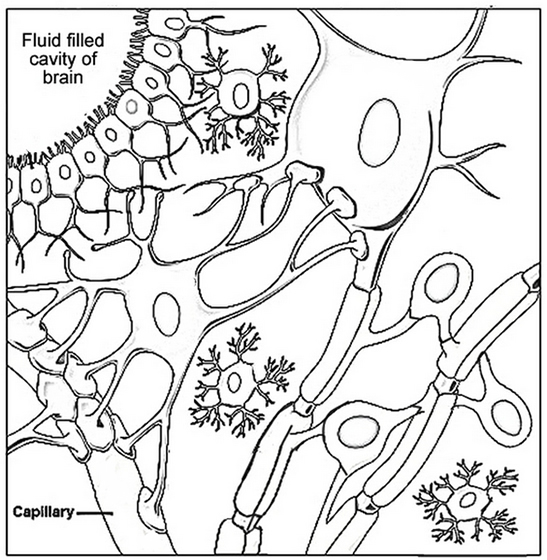



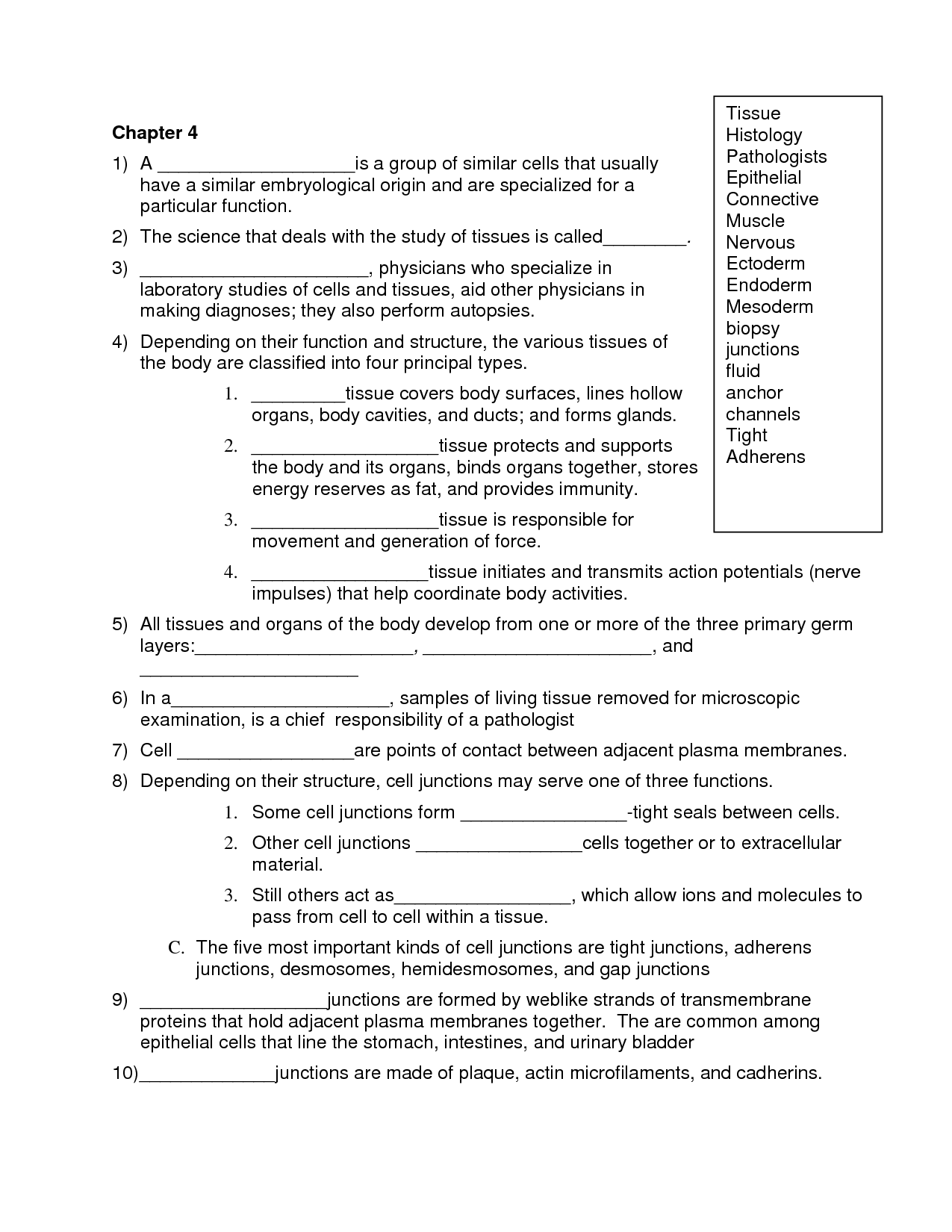
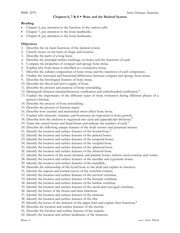
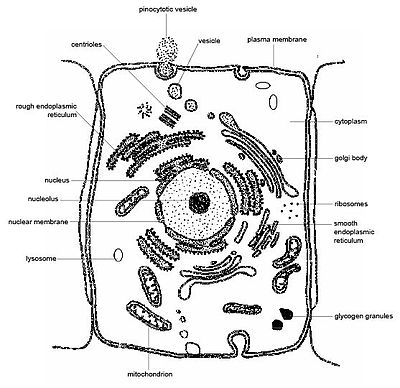
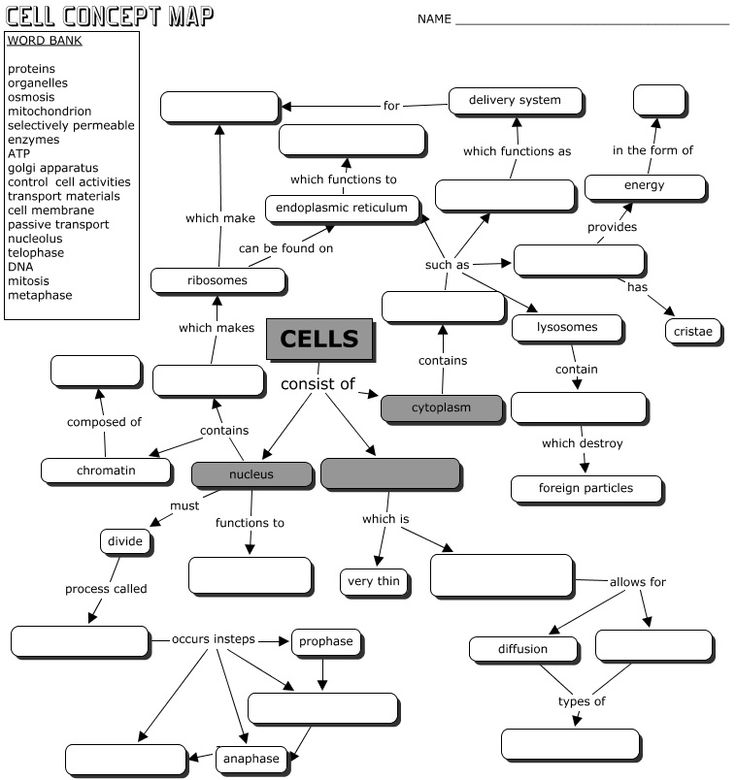

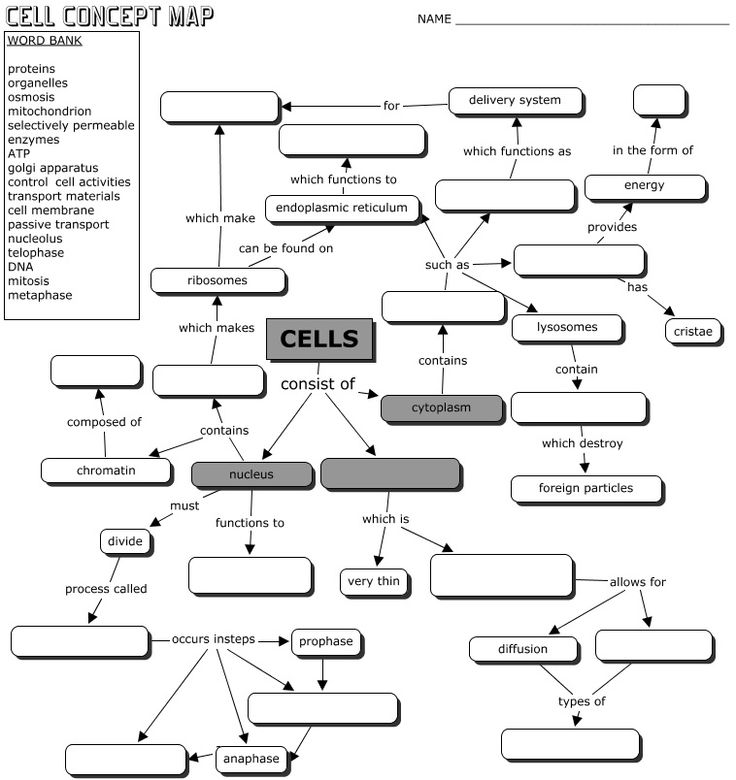
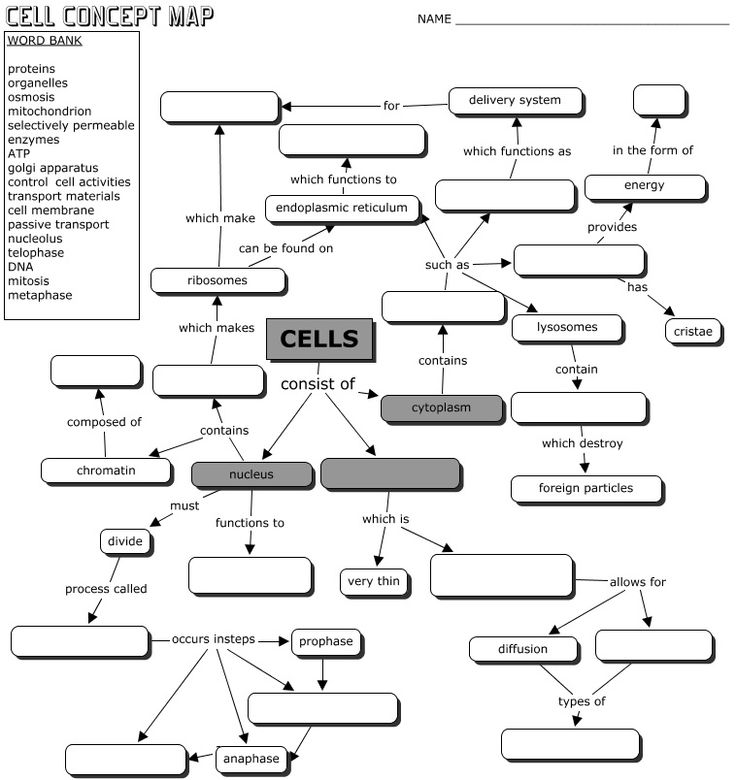
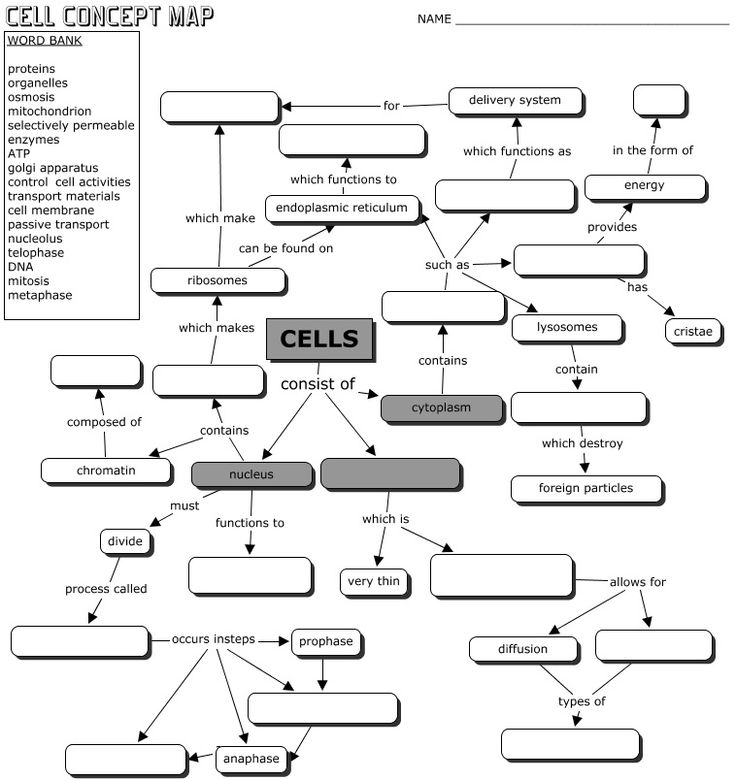
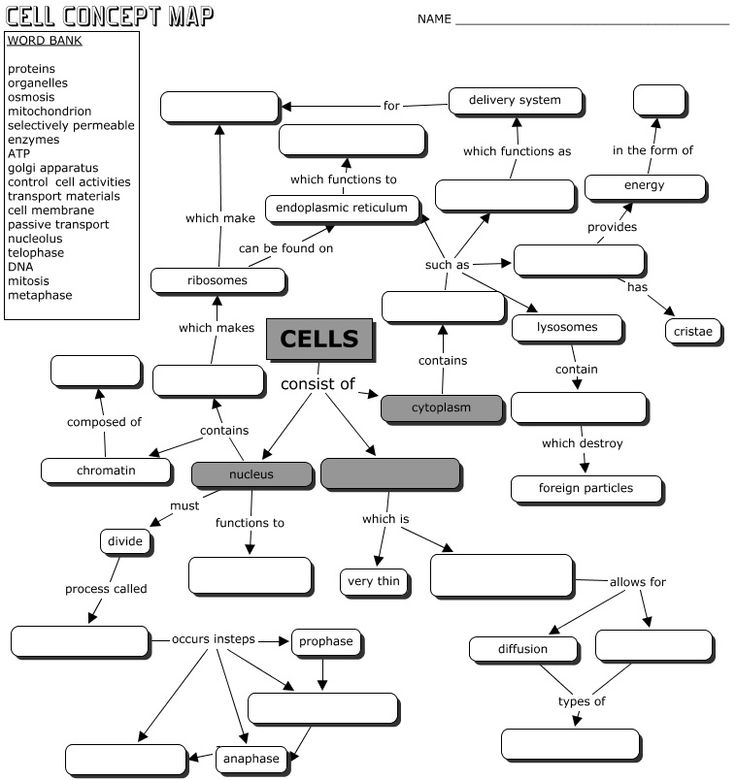
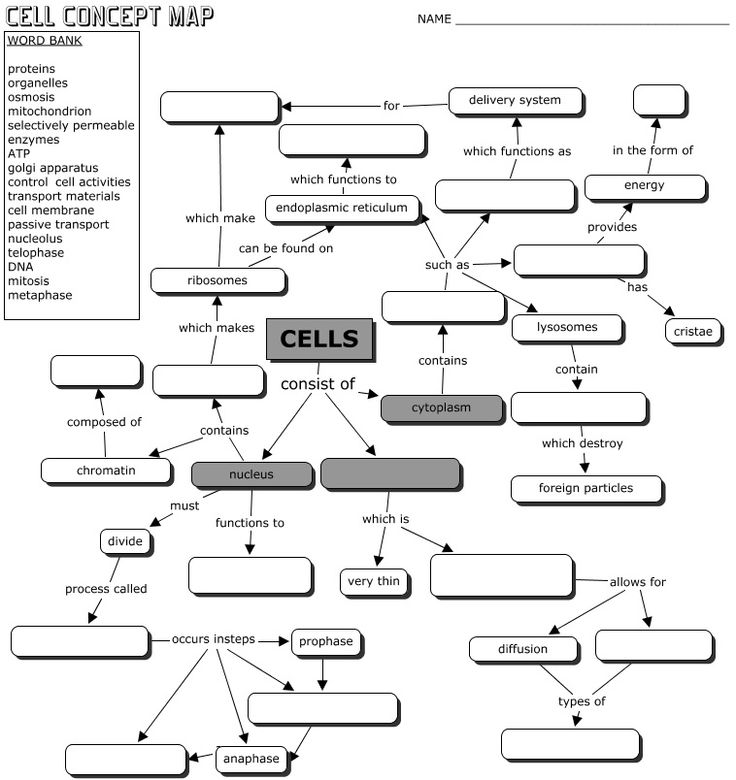
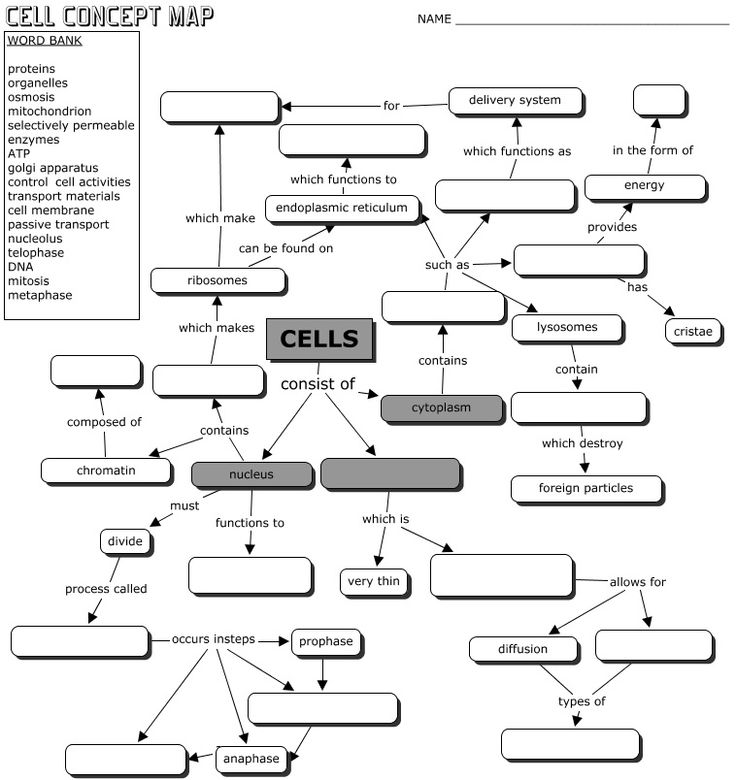
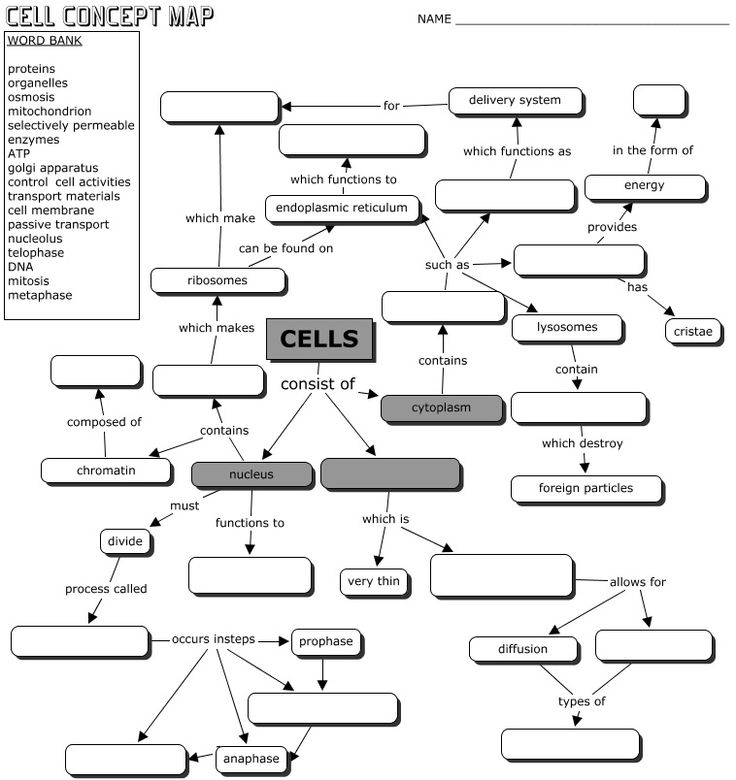
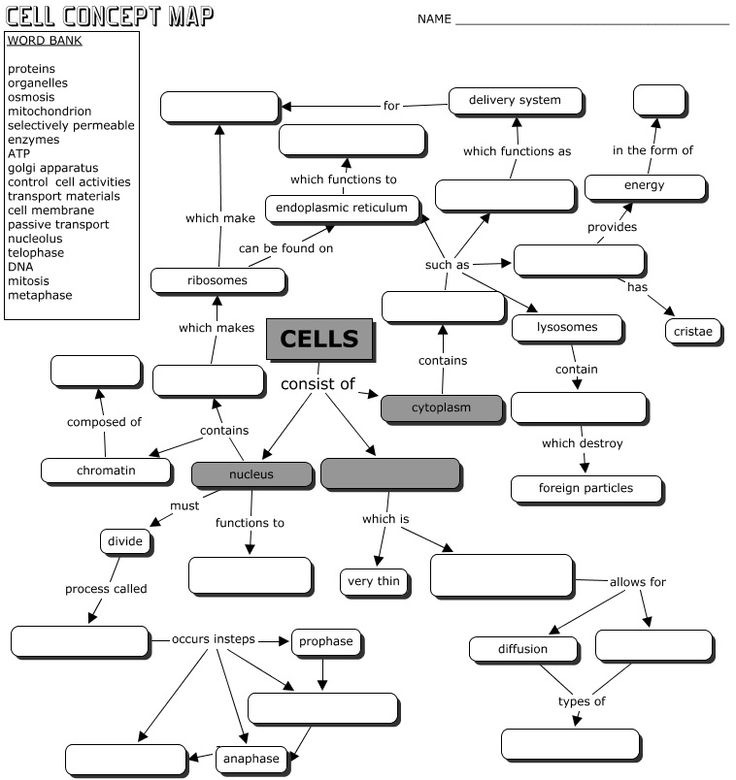
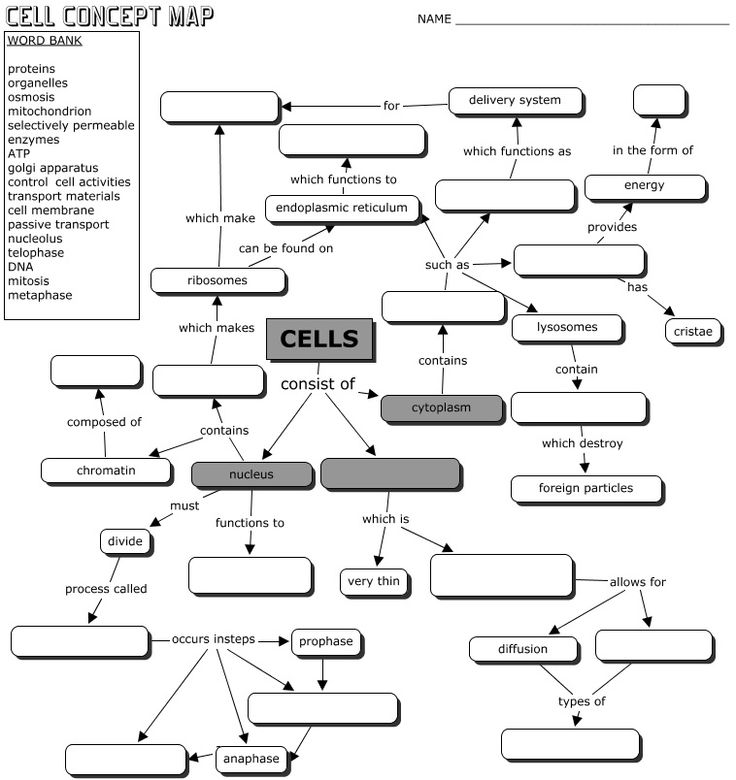
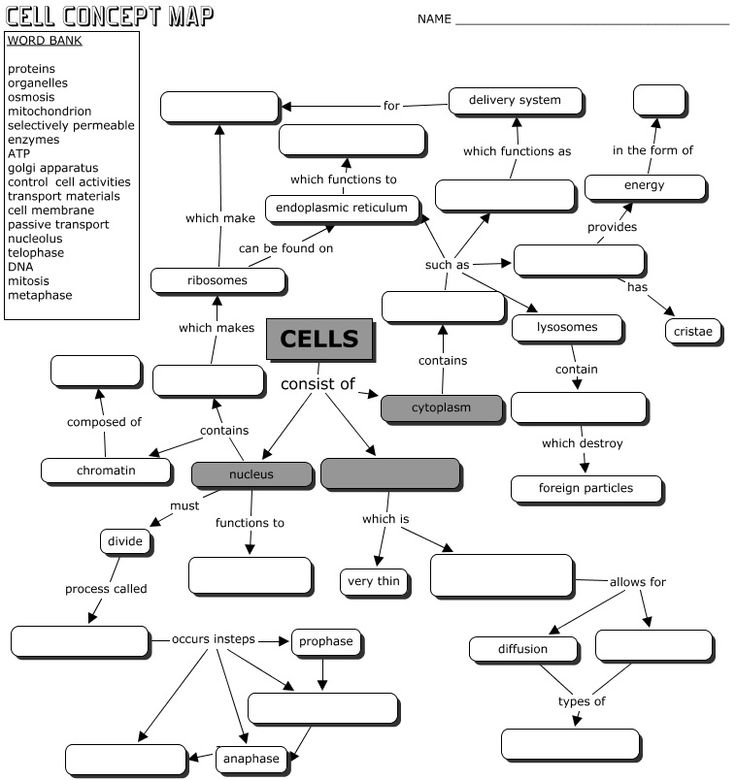
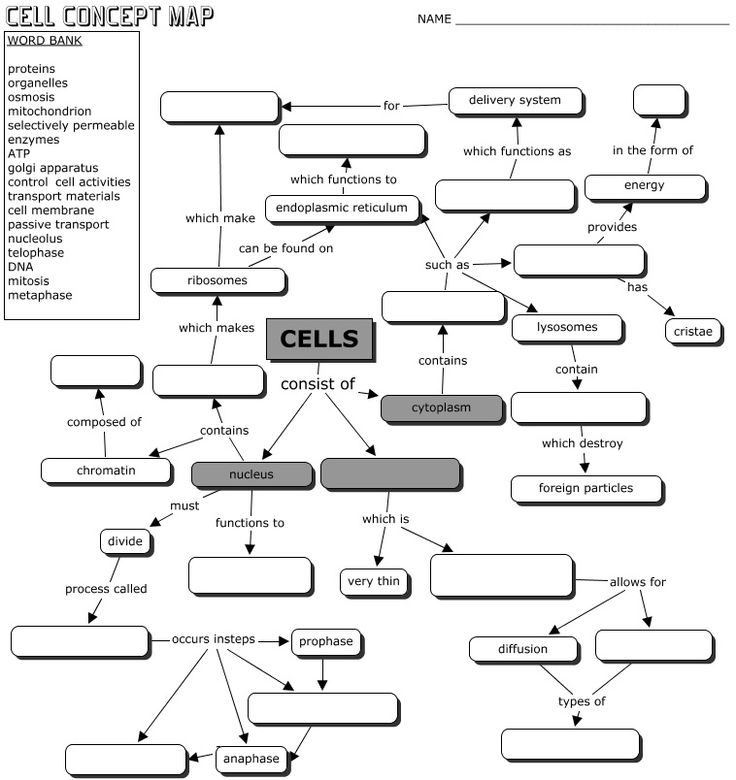














Comments